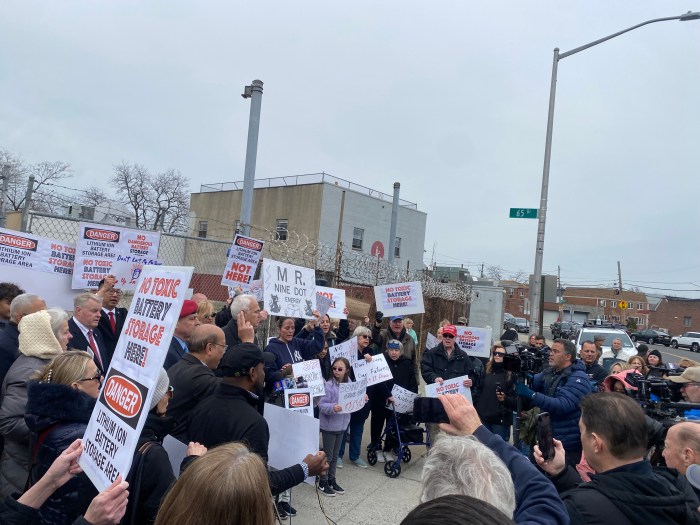By Philip Newman
Transit advocates have attacked as misleading a study by an organization representing parking garage owners that says New York City’s car pooling rule has cost the city nearly 190,000 daily commuters and damaged its economy.
The transit activists study said only one East River crossing —- the Queens Midtown Tunnel — showed a greater decline in people entering from 6 a.m. to 10 a.m. than at other times. But it said the decline was entirely offset by increases in Long Island Rail Road ridership, suggesting auto users may have switched to the LIRR.
A recent study by the Metropolitan Parking Association said the ban against one-person cars at certain times of day had devastated the city’s economy.
The study attributed a loss of 189,687 daily commuters to central Manhattan to the car pooling rule imposed soon after terrorists destroyed the Twin Towers on Sept. 11.
Under the rule, “single-occupant vehicles” may not use bridge and tunnel entries into Manhattan below 62nd Street between 6 a.m. and 10 a.m. on weekdays.
The Straphangers Campaign, Transportation Alternatives and the Transport Workers Union, in a study released March 26, took issue with the parking association’s report.
“The garage industry's report wildly misrepresents the impact of the car pool rule,” said Gene Russianoff, senior attorney for the Straphangers Campaign.
“The car pool rule is not hurting business, it’s helping to get more people to use subways, buses and commuter rail,” said Roger Toussaint, president of Local 100 of the Transport Workers Union. “Less traffic along with mass transit service improvements are the real future for New York.”
The transit activists study said only 12,709 of the 189,687 commuters listed by the parking association as no longer entering Midtown Manhattan in the morning rush hour can fairly be attributed to the impact of the car pooling rule. The transit group report said its research found that a significant number of motorists who previously drove alone into Manhattan’s central business district are now car pooling or have switched to rail, subway and ferry.
The transit advocates report said the car pooling rule is responsible for 6.7 percent of the post-Sept. 11 decline in the number of people entering the central business district between 6 a.m. and 11 a.m.
The report issued rebuttals for what it said were false claims in the parking garage owners’ study:
The parking garage owners said the rule caused motorists to stop using the Brooklyn Battery Tunnel. The transit study said drivers avoided the tunnel because it was closed to all motorists between 6 a.m. and 8 p.m. due to its location close to Ground Zero.
The garage owners’ survey said the car pooling rule kept motorists from entering Manhattan from north of 63rd Street. The transit activists said bridges north of 63rd Street were not affected by the rule and “as result the garage owners incorrectly include 60,012 people in their 189,687 total, or 39 percent of those no longer entering the central business district.”
The transit advocates survey found “the vast majority of people coming into Manhattan from 6 a.m. to 10 a.m. during the car pool rule time use bus, subway and rail and are unaffected by the rule.”
The transit advocate study noted the city Department of Transportation was soon expected to issue its own study of the car pooling rule impact.
Reach contributing writer Philip Newman by e-mail at Timesledgr@aol.com or call 229-0300, Ext. 136.

































